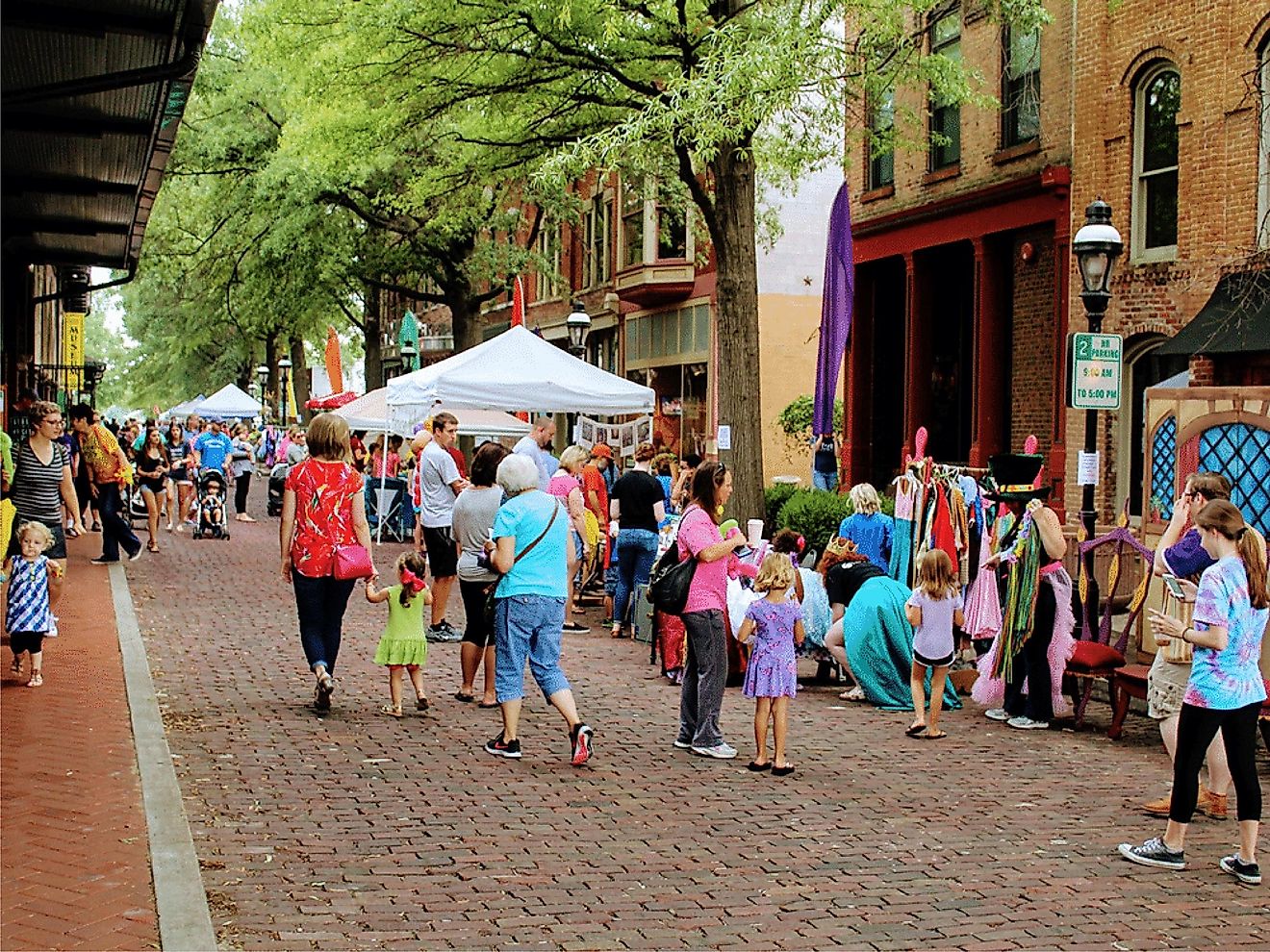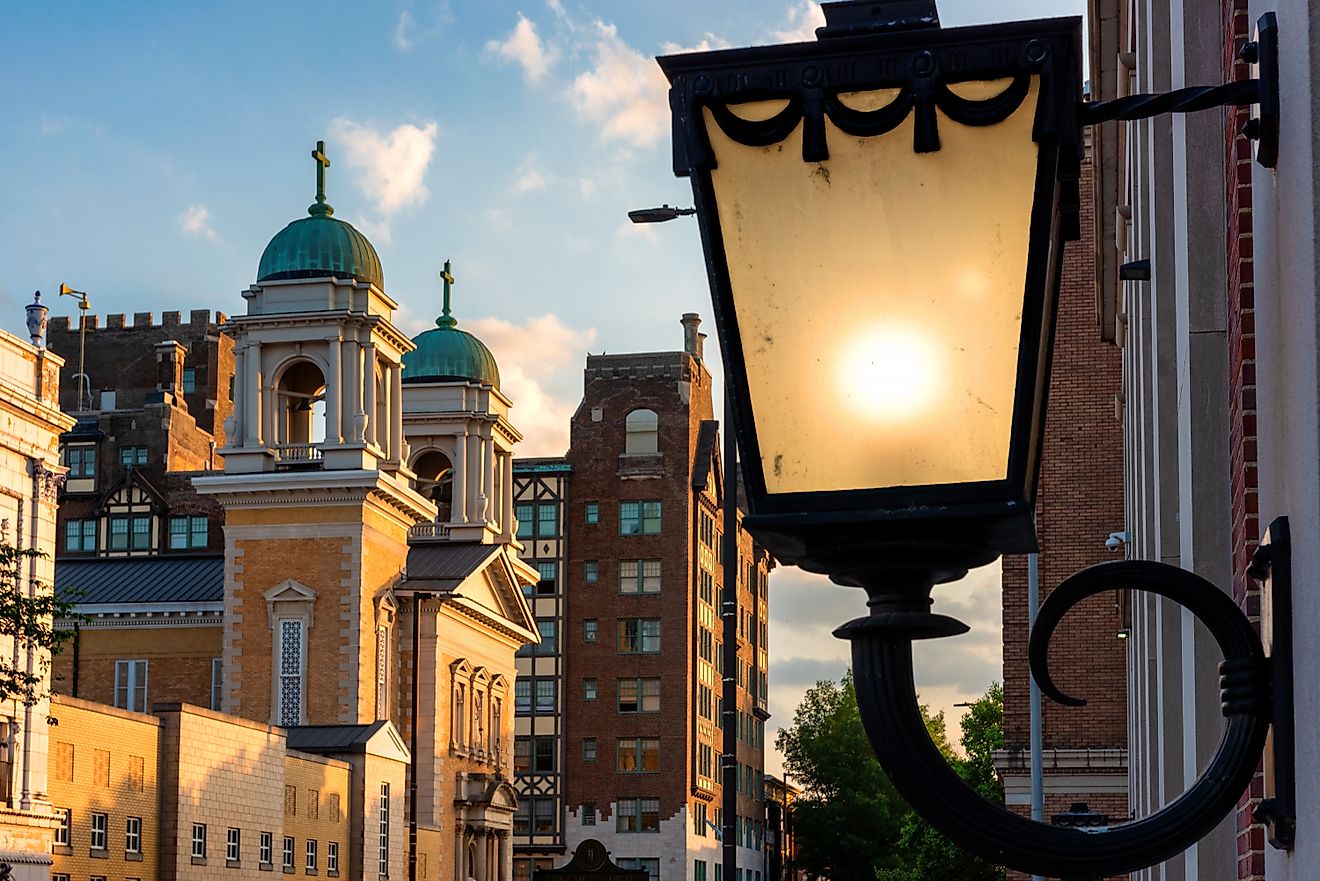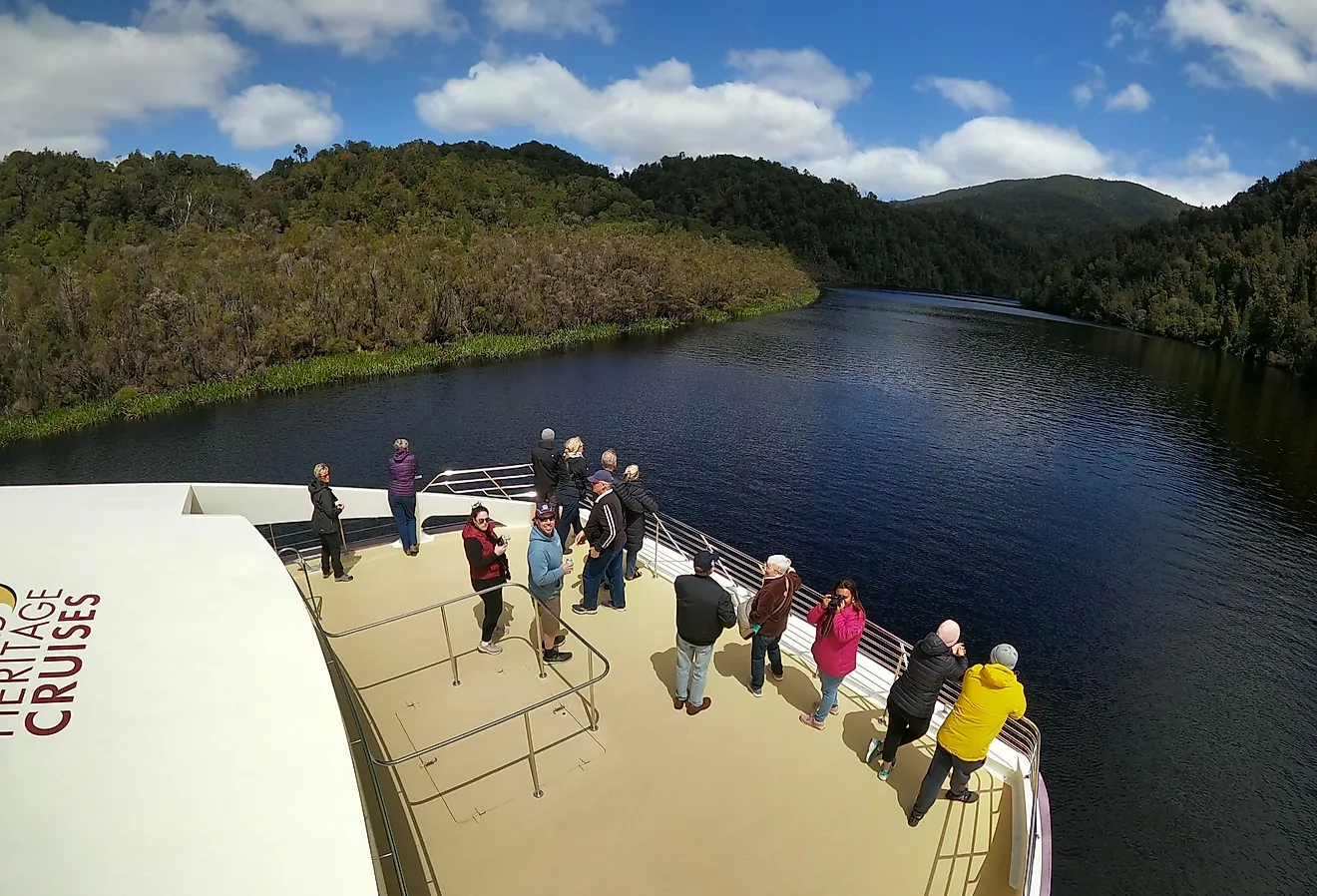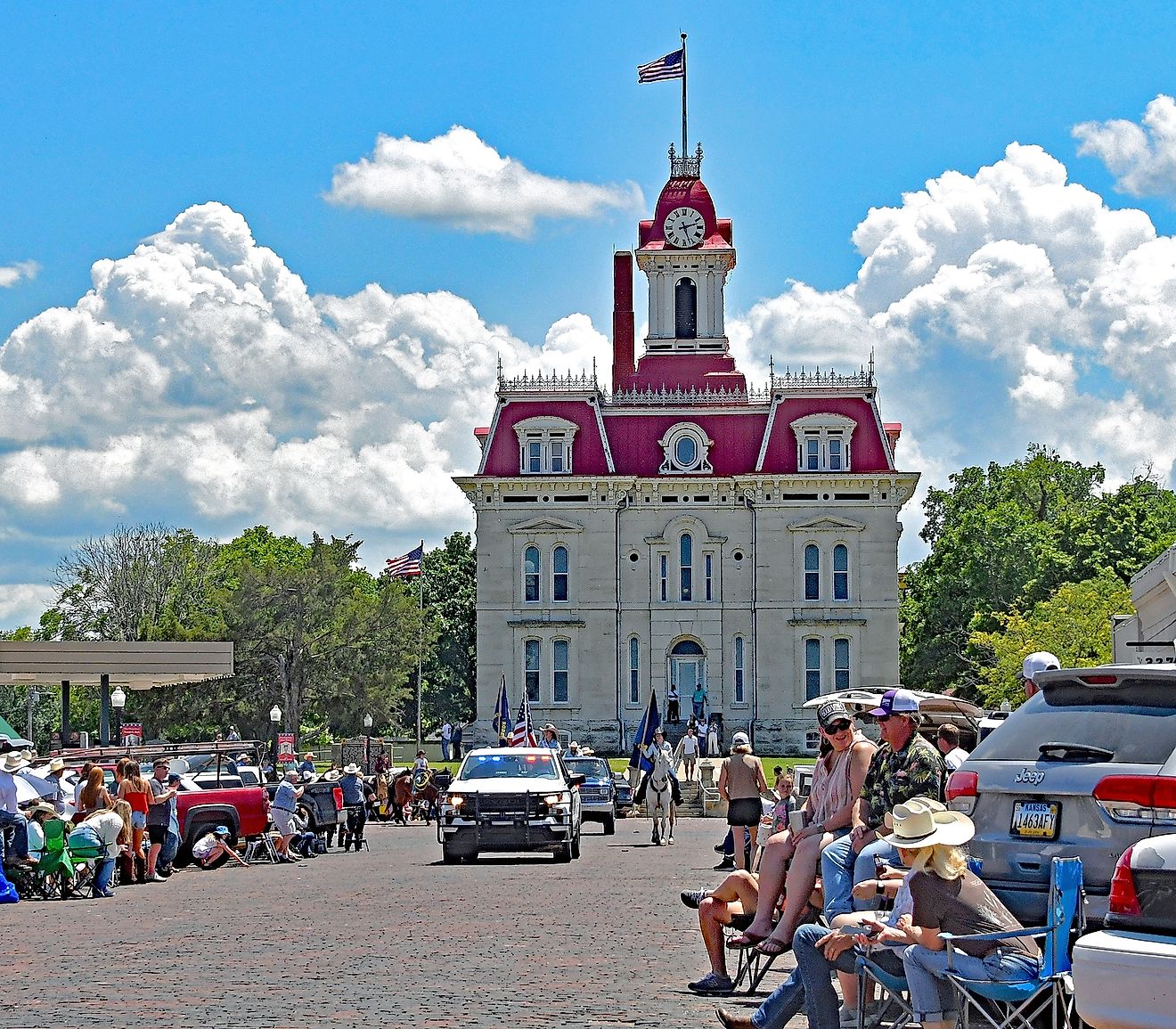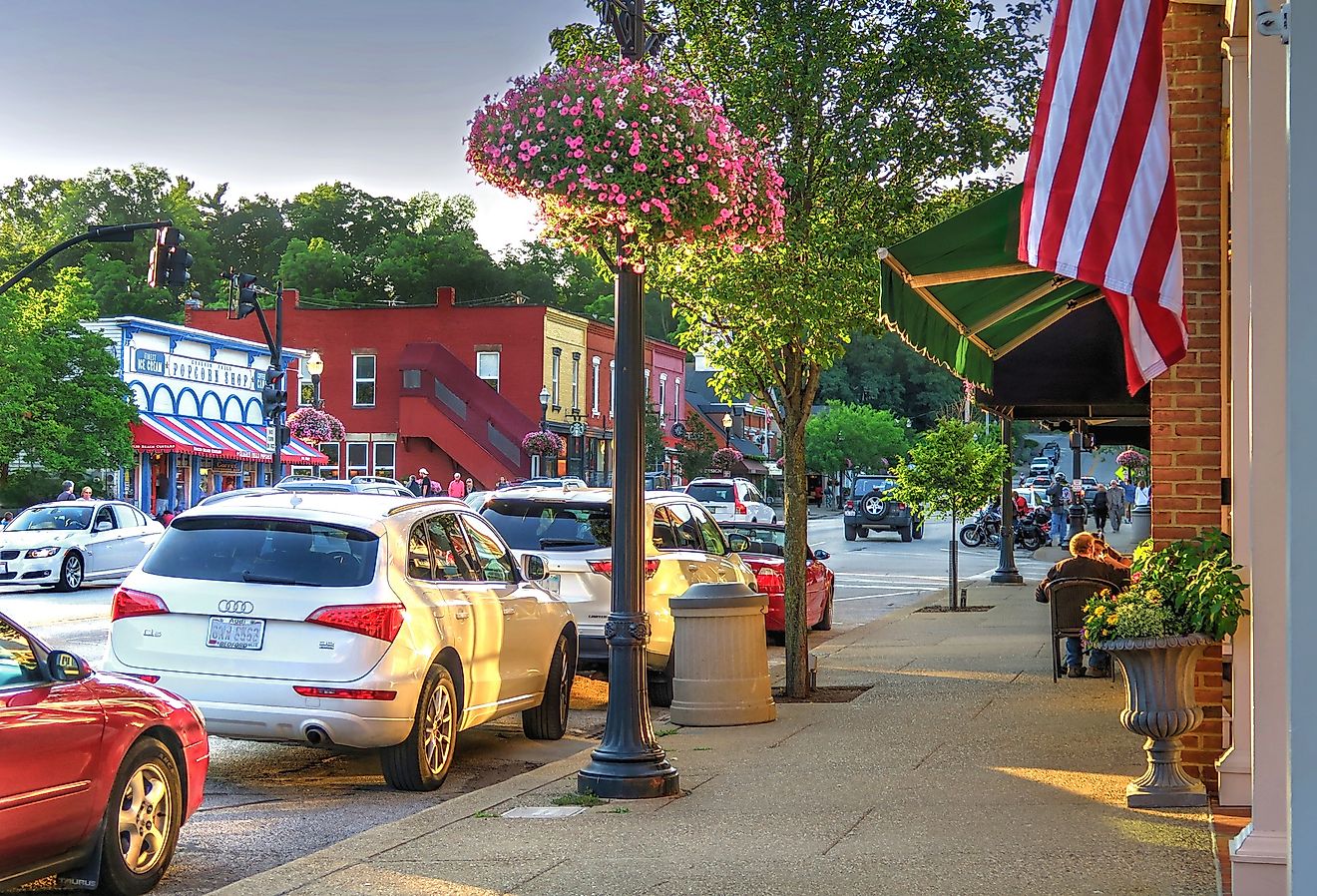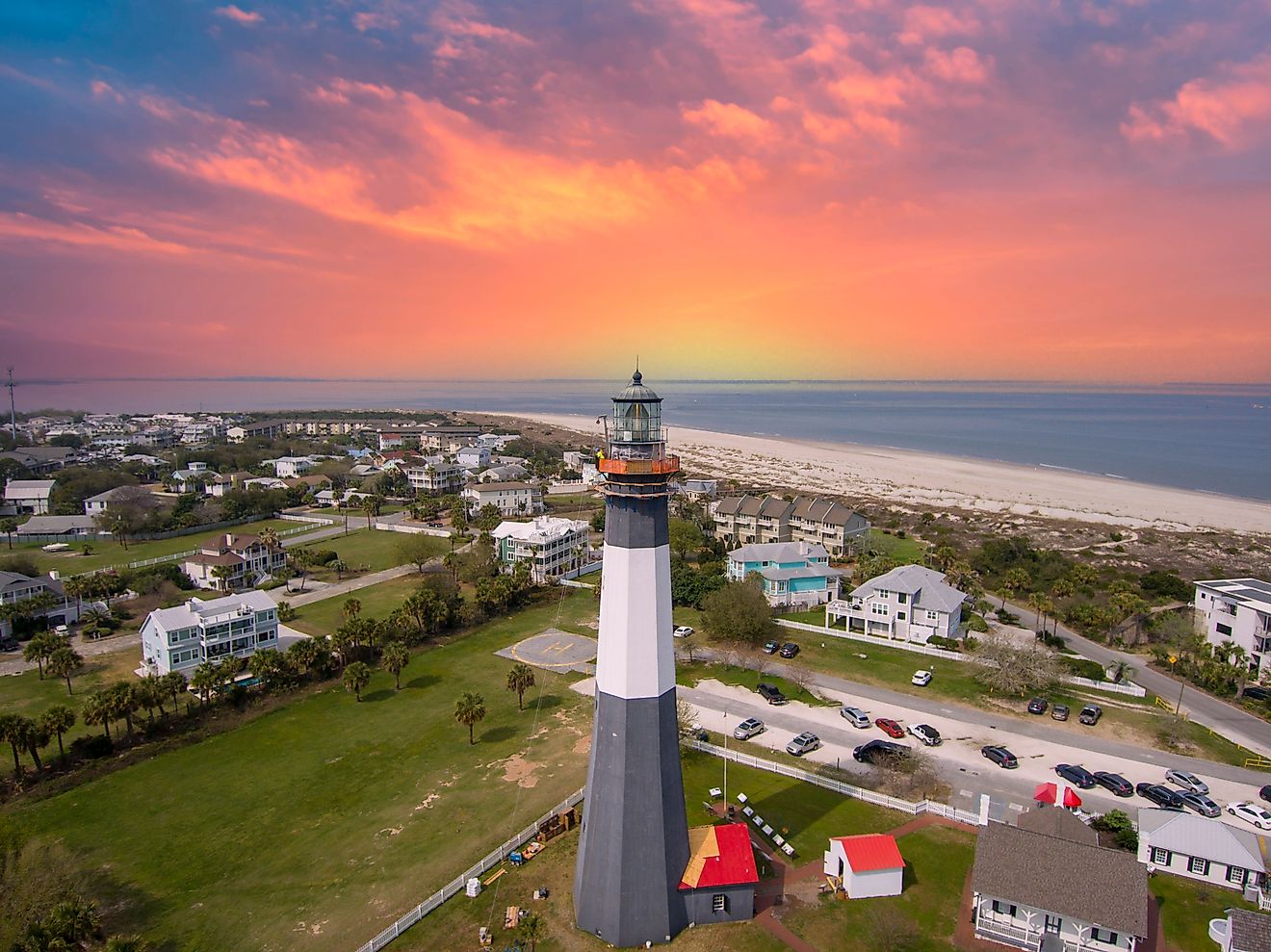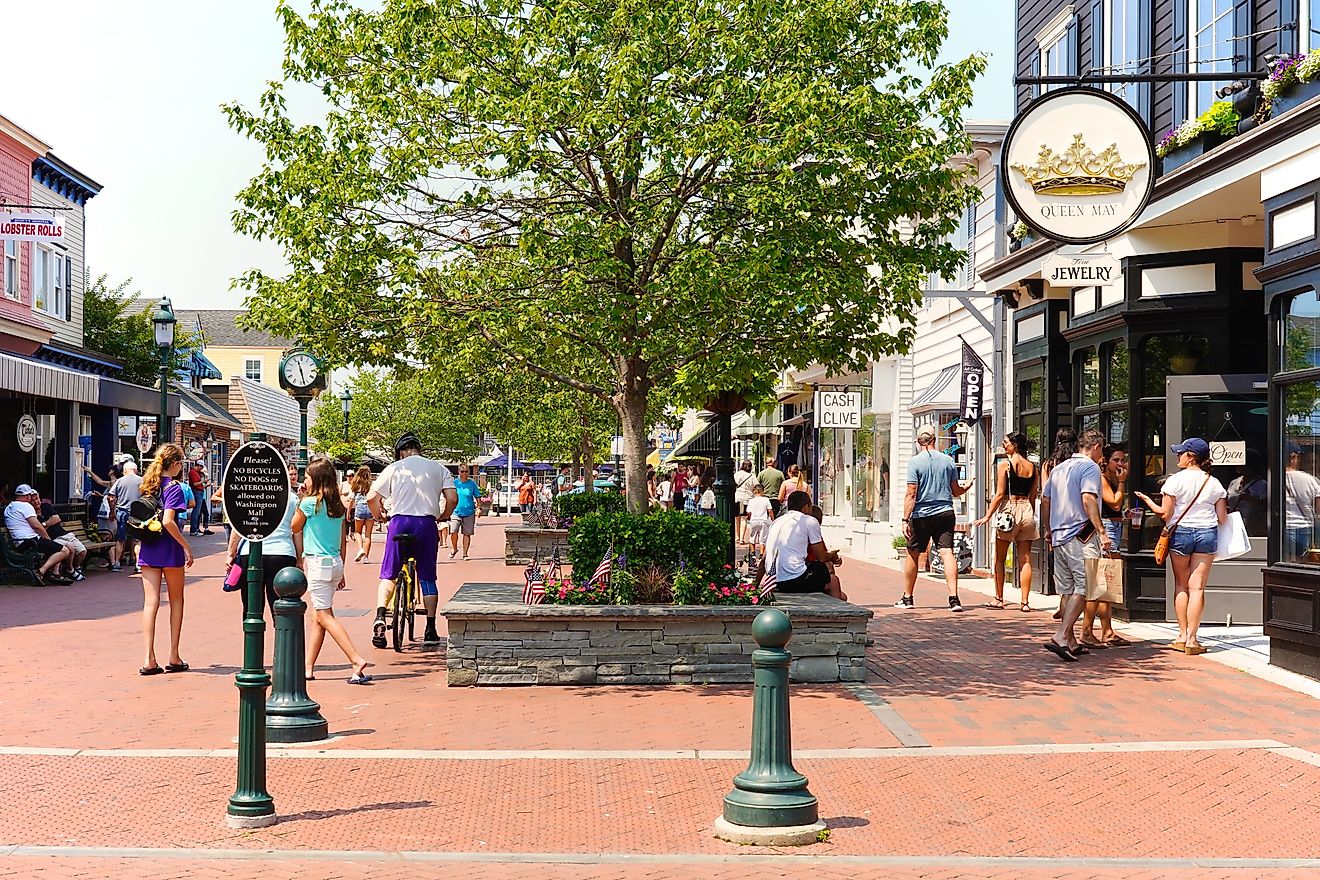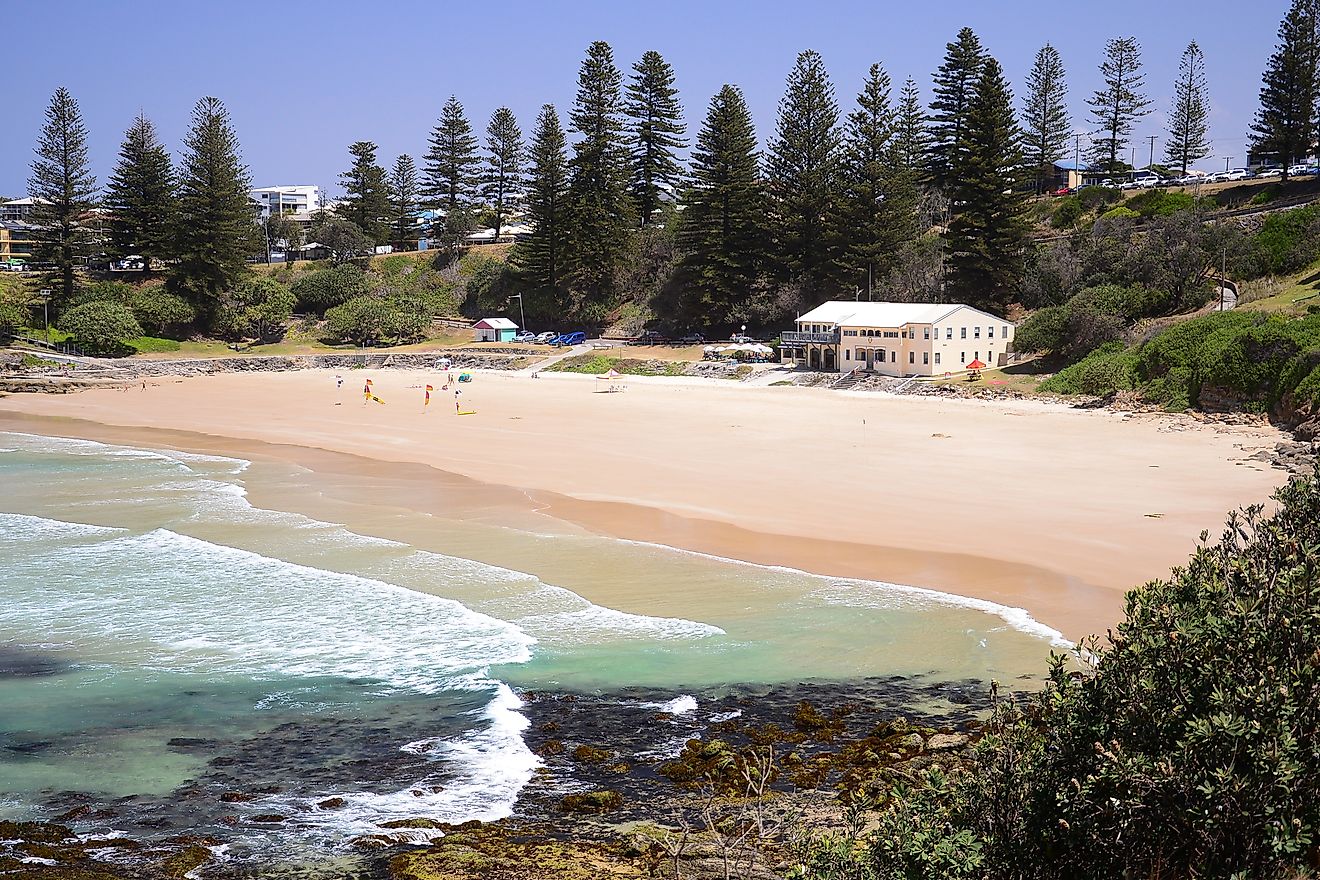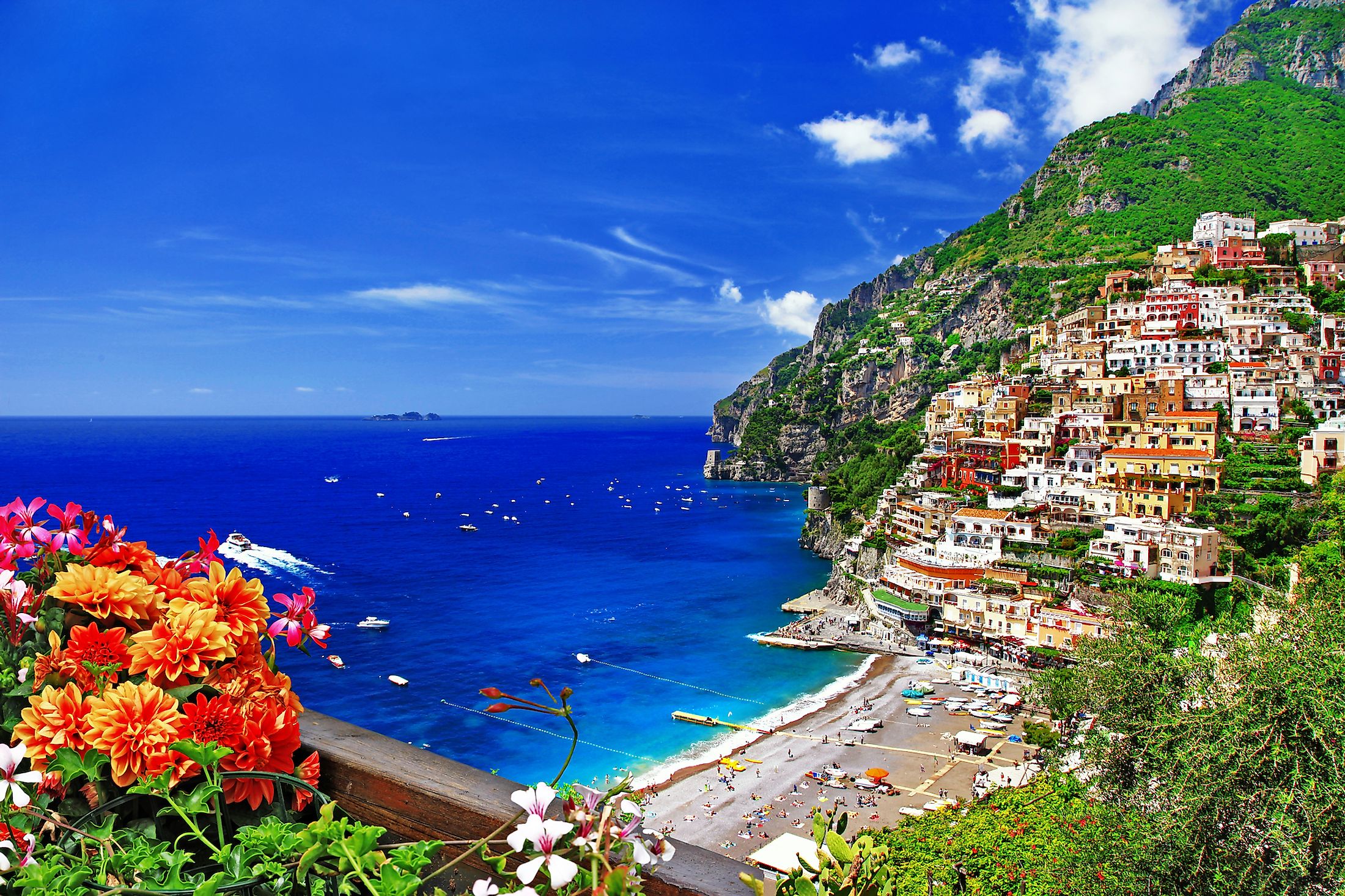
11 Most Charming Small Towns In Italy
A treasure trove of fine art, world-famous cuisine, centuries of history, beautiful landscapes, and charming inhabitants make Italy one of the most popular destinations in Europe. An extraordinarily diverse country from the Alps in the North to the Mediterranean Sea in the South, Italy's culture and geography are among the most splendid in the world. However, outside of the major cities like Rome, Milan, and Florence, many small towns with plenty of old-world charm and rustic beauty that highlight a different side of Italy is sometimes overlooked by tourists. This article looks at 11 of the most charming small towns in Italy.
Castemola
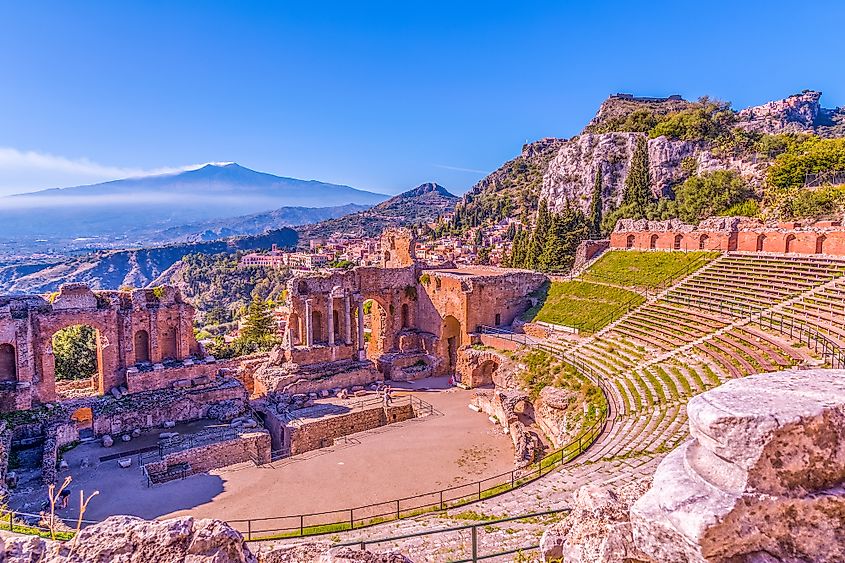
A small Sicilian village overlooking Taormina is often overlooked by Sicilians and tourists alike on the largest Mediterranean island. This ensures that whenever visitors take the trek up to Castelmola, they will find a sparsely populated and quiet locale perfect for relaxation, stunning views, and plenty of hot sun!
The site of ancient Greek ruins and 11th-century Norman relics, Castelmola also hosts an annual Labor Day Music Festival on May 1, bringing increased foot traffic to the area. For most of the year, however, it is a quiet and peaceful village, away from Sicily's main centers but full of all the beauty that defines the island.
Cortina D'ampezzo
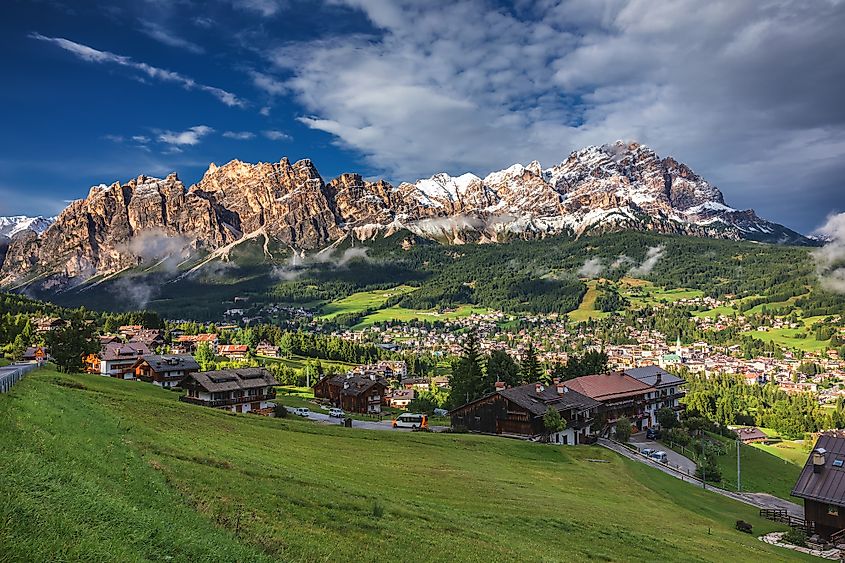
Site of the 1956 Winter Olympics and the upcoming 2026 Games, Cortina d'Ampezzo in Northern Italy's Veneto region is a haven for winter sports enthusiasts. Situated in the Dolomite Alps, Cortina is globally renowned as a winter resort known for its Alpine activities. From skiing, snowboarding, and even sledding, any professional or casual athlete will surely want to hit the slopes here to enjoy these winter games!
But even for other tourists not inclined for sport, Cortina is a magical place with stunning views of the snow-capped Alps, postcard-like housing, and an abundance of restaurants, cafes, and souvenir shops. On the way out, tourists can also stop at the Basilica of Saints Phillip and James, first built in the 1760s for beautiful views of baroque architecture.
Bosa
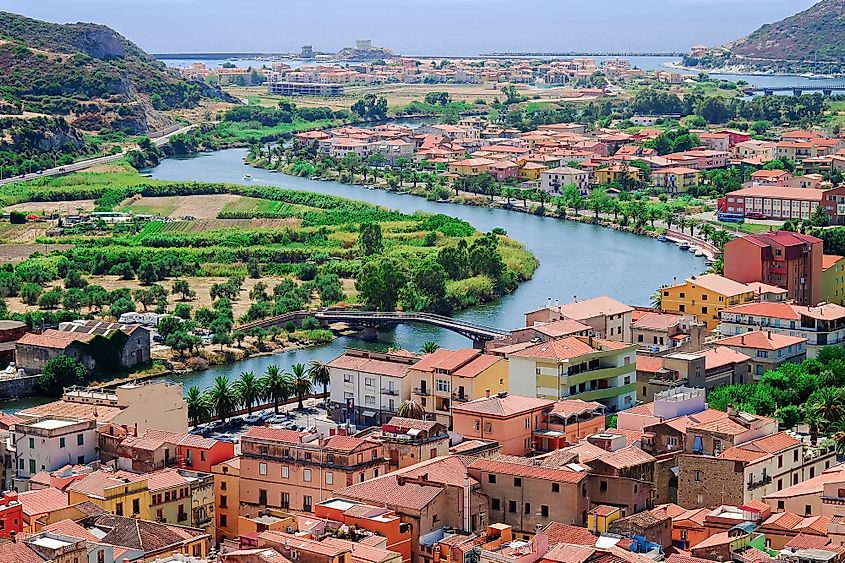
A beautiful little town on the island region of Sardegna, Bosa is a colorful snapshot of Mediterranean life. Houses in the town of 8,000 are painted in pastel colors, reflecting a wide range of the rainbow's spectrum, while fishing boats add a charming element to this coastal settlement. The smell of seafood wafts through the air as tourists can find a variety of small trattorie and cafes offering unique Sardinian cuisine.
The area was established by the Phoenicians in the 12th century and was later raided by Arabic pirates, which means that Bosa's history reflects the changes in local leadership. Tourists will also not want to miss a walk up to the most impressive medieval Castle of Saravalle for fantastic views of 13th century architecture and stunning panoramic views of the island and sea.
Alberobello
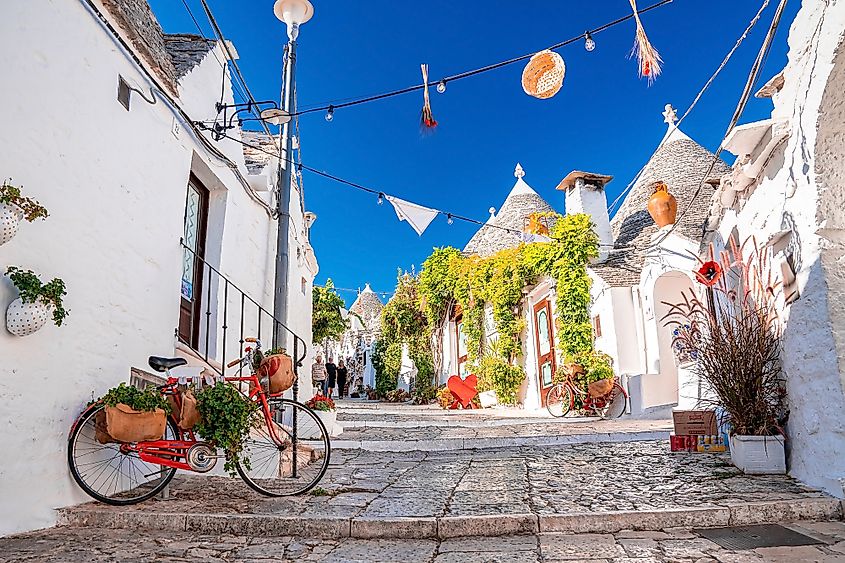
Located in the Puglia region of Southern Italy, or the "heel" of the Italian boot, the town of Alberobello was first founded in the 1500s. While most of Italy's cities and towns can trace their foundations to the Roman Empire or the Medieval period, Alberobello's early history in the 16th century makes it surprisingly one of Italy's "younger" towns.
Near the coast of the Adriatic Sea, this town of 10,000 is renowned worldwide for its Trulli houses, small white limestone houses with a conical or pointed roof. Some 1,500 of these unique structures dot the town. Although similar buildings can be found in other Puglia towns, Alberobello houses the most and the originals. So culturally and historically important are the structures that, in 1996, they were designated as a UNESCO World Heritage Site. Tourists will love this charming coastal town and will surely have more than a photo or two to take with a Trulli house!
Positano
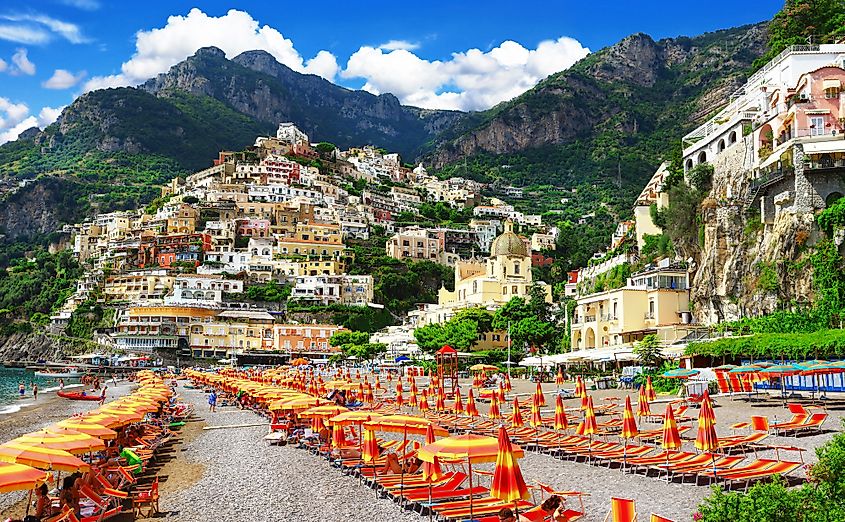
Stunning scenic beauty will welcome any guest who visits the Amalfi Coast and the Bay of Naples. The village of Positano, nestled in the hills just above, is amongst the area's most famous stops. Initially a poor fishing port, like many towns and villages in the Naples zone, Positano grew into a tourist hub in the post-Second World War period.
With beautiful beaches, clear skies, radiant sun, and of course, great Neapolitan pizza and cuisine to dine on, Positano and the Amalfi Coast is a picture-perfect destination to experience the full majesty of Southern Italy. When not relaxing or marveling at the natural beauty, tourists may enjoy a visit to the church of Santa Maria Assunta, which houses a dome of majolica tiles and a unique black Madonna.
Civita Di Bagnoregio
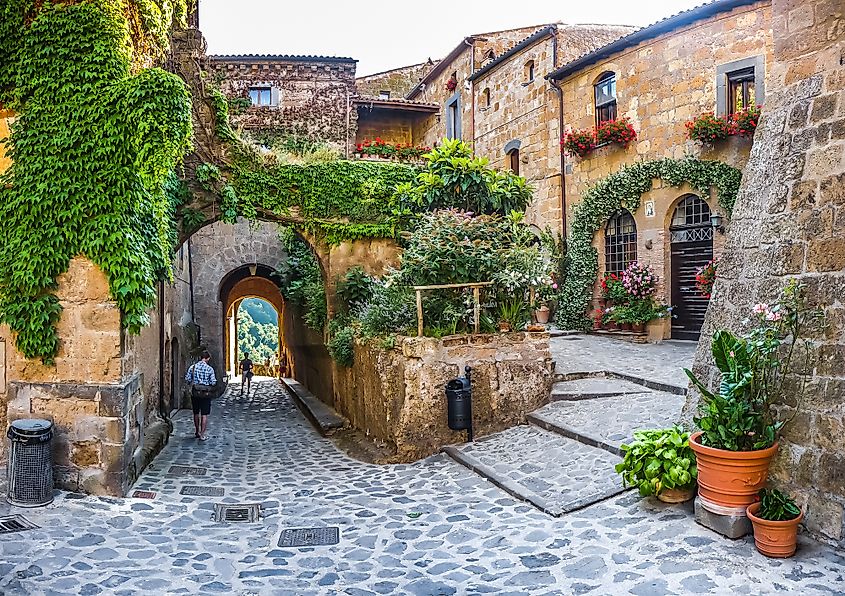
One hundred twenty kilometers north of Rome, the town of Civita di Bagnoregio was founded some 2,500 years ago by the Etruscans. Sitting on a hill with an unstable foundation, erosion and winds have worn away parts of the land over time, and portions of the town have tumbled over the cliff!
Accessible only by a footbridge (with a toll), visitors who enter this isolated complex will get a real Medieval feeling. From old arches and wooden windows to cobblestone streets and bell towers, Civita di Bagnoregio is as historically authentic as it gets. Closed off from much of the Lazio region's other municipalities, this town's isolation has preserved its unique historical flavor and created a living time capsule.
Manarola
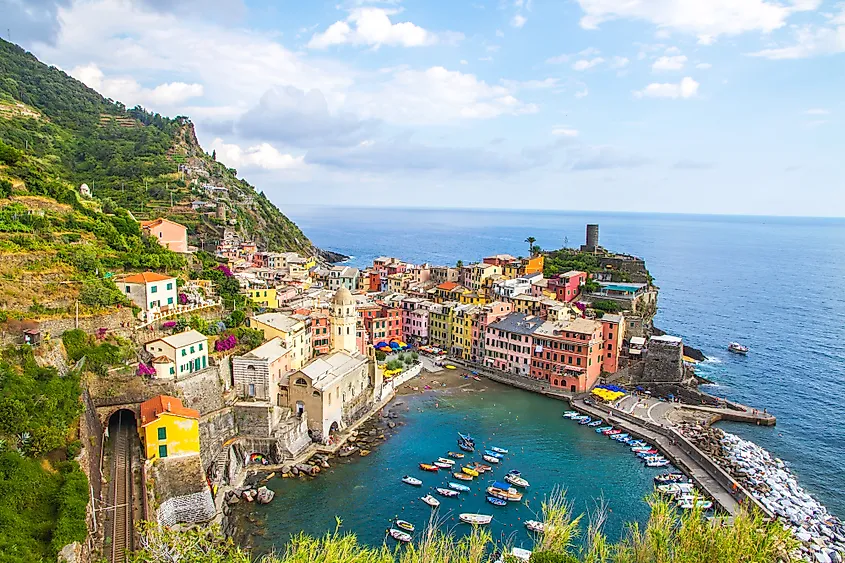
One of the five famed villages of the Cinque Terre in northern Italy's Riviera, Manarola has a permanent population of just under 400. Still, like its other Cinque Terre sisters, Manarola is a stunningly picturesque coastal town with exquisite views of the area's rugged cliffs and the pristine waters of the Ligurian Sea.
Well known for its local wines and surrounding vineyards, Manarola also has colorful hiking trails and hilltop houses, creating the best postcard imagery in all of Italy. Visitors can also enjoy local taverns and gift shops, bringing a part of the Cinque Terre with them, wherever their travels lead.
San Leo
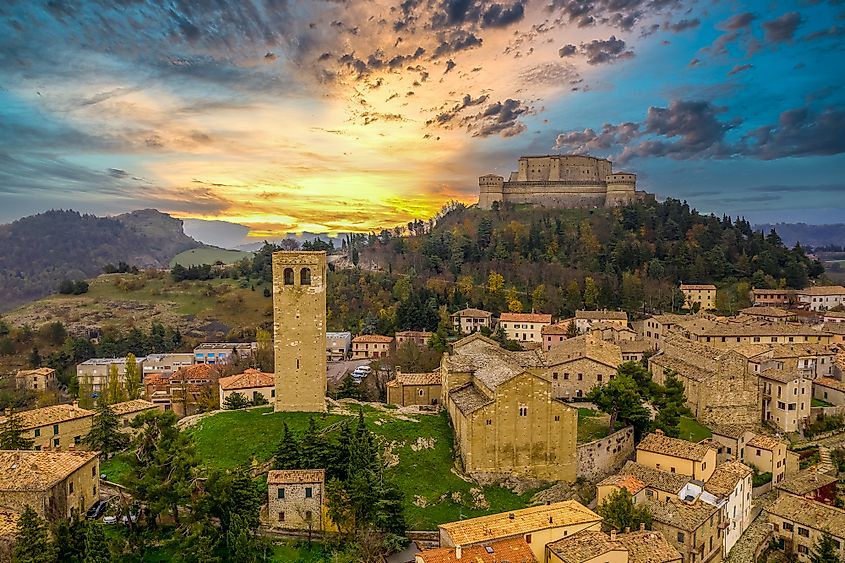
Located some 130 kilometers from the city of Bologna in north-central Italy, the municipality of San Leo is famous for the Forte di San Leo, a hilltop castle built in 1441. Now a popular medieval museum, views from the top of the castle from an elevation of 2,000 feet give a beautiful panoramic snapshot of the rolling hills and vast skies.
The 12th-century San Leo Cathedral is an impressive architectural marvel typical of the Romanesque style. It is said that the great poet Dante Alighieri based his vision of purgatory in his masterpiece, the Divine Comedy, on the design of San Leo and its buildings.
Matera
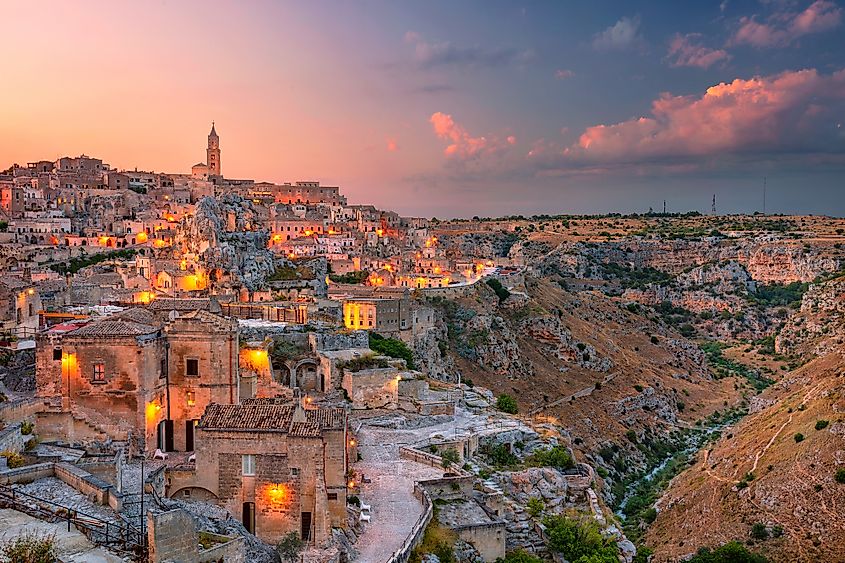
Declared a European Capital of Culture by the European Union in 2019, Matera in the southern Italian region of Basilicata is also a UNESCO World Heritage Site. Well known for its ancient cave dwellings (or Sassi), this medieval town has seen a detailed restoration period and renewed interest from tourists and the Italian government alike.
Now occupied with many galleries, restaurants, hotels, and other local museums, Matera has enjoyed a resurgence in attention after centuries of neglect. Tourists will encounter a unique destination here and can even spend a night in one of the Sassi for an overnight experience truly unlike any other!
Pietrasanta
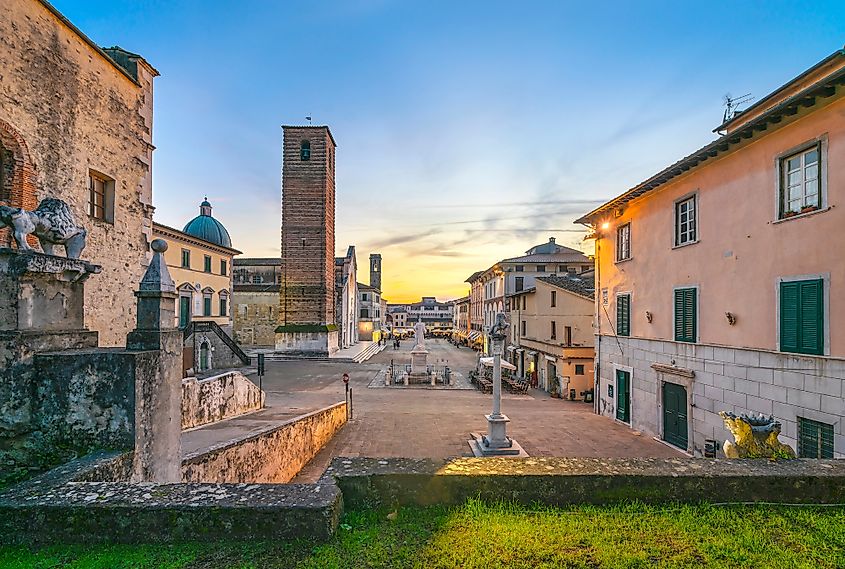
Meaning "Holy Rock," the town of Pietrasanta in Tuscany is just 32 kilometers north of Pisa on the coast of the Tyrrhenian Sea. Home to a lively community of sculptors, artists, and artisans, the town is well known for its marble studios, bronze foundries, and galleries. A short drive away from Carrara and its famed marble quarries, Pietrasanta's local buildings are all made of first-class materials.
These include the Collegiate Church of San Martino, constructed in the 13th century, and the church of Sant' Agostino. Visitors can enjoy a leisurely stroll or bike ride in the town's main Piazza, relish the local Tuscan cuisine, and gaze at the beautiful art and design all around this lesser-known northern Italian gem.
Mantova
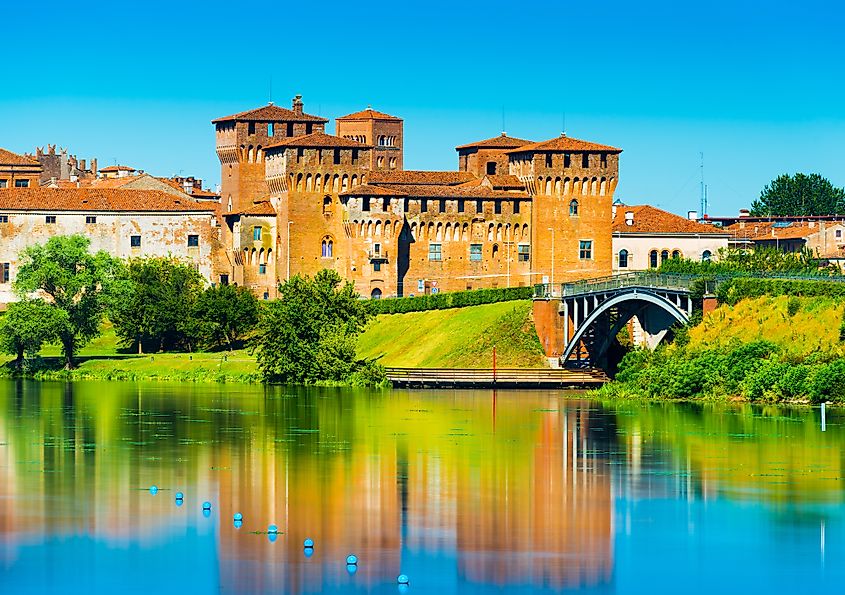
The setting for Giuseppe Verdi's opera Rigoletto, Mantova, is a charming town in the region of Lombardia, some 160 kilometers from Milan. A wonderful melange of piazzas, ancient towers and buildings, cupolas, and a surrounding wetland, Mantova is often overlooked by visitors in the region.
Declared a UNESCO World Heritage Site in 2008 and the European Capital of Culture by the European Union in 2016, Mantova is rich in cultural and gastronomical excellence. Tourists can marvel at such sites as the Palazzo Ducale, which houses priceless paintings from masters like Raphael and Rubens, and the Palazzo Te', first built in 1524. And of course, for some of the best food in northern Italy, visitors will surely want to dine in Mantova. Try some pumpkin stuffed tortellini for a unique variation of Italian cuisine!
Given their charming vistas, eventful past, rich culture, and delectable cuisine, these small towns in Italy promise visitors memories of a lifetime.
